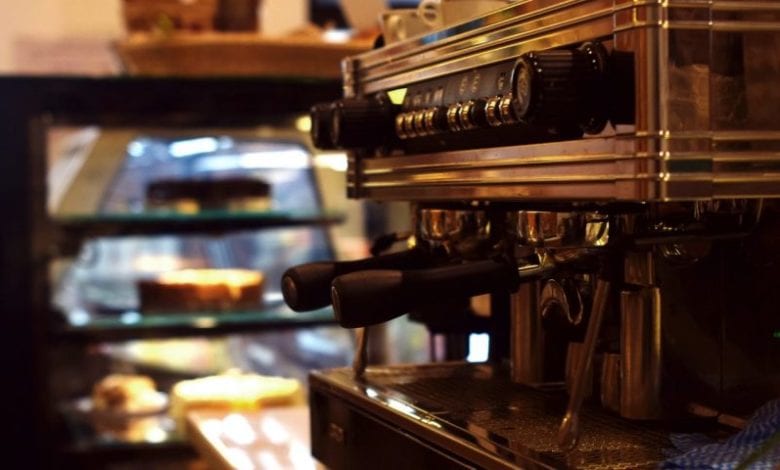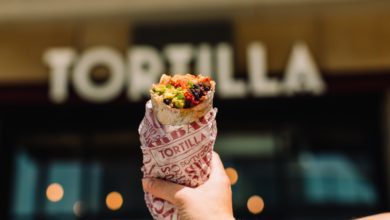Sponsored
Spilling the beans on the future of coffee machines

Coffee machines have been around for over a century. In fact, the earliest concept of the coffee machine dates back to 1818, when Mr Laurens, a Parisian local, invented the percolator machine which changed the way coffee was typically prepared.
You'll need to
subscribe to unlock this content. Already subscribed? Login?










